James Webb Space Telescope goes asteroid hunting around Fomalhaut, but finds 3 debris belts
- The James Webb Space Telescope was looking for an asterid belt around the young shiny Fomalhaut star, but found something that is simply amazing.
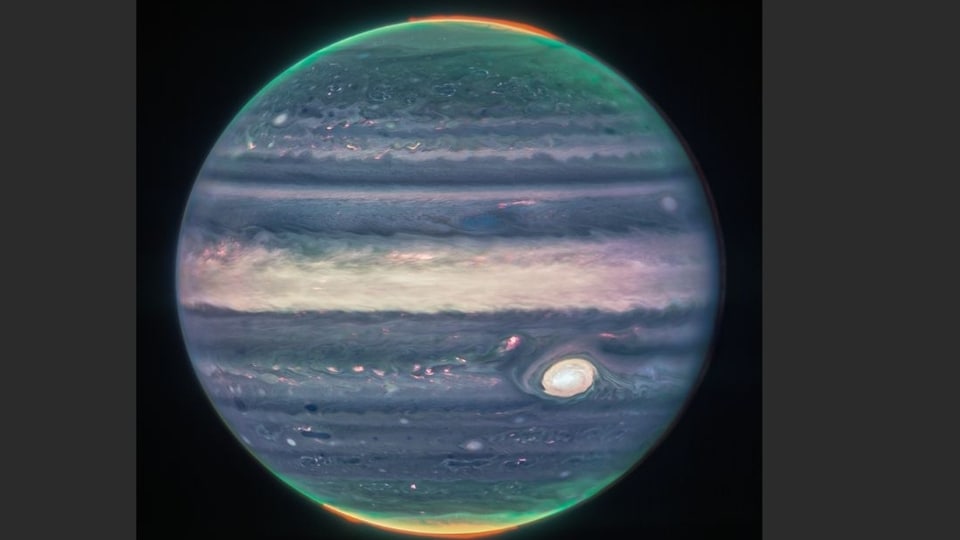
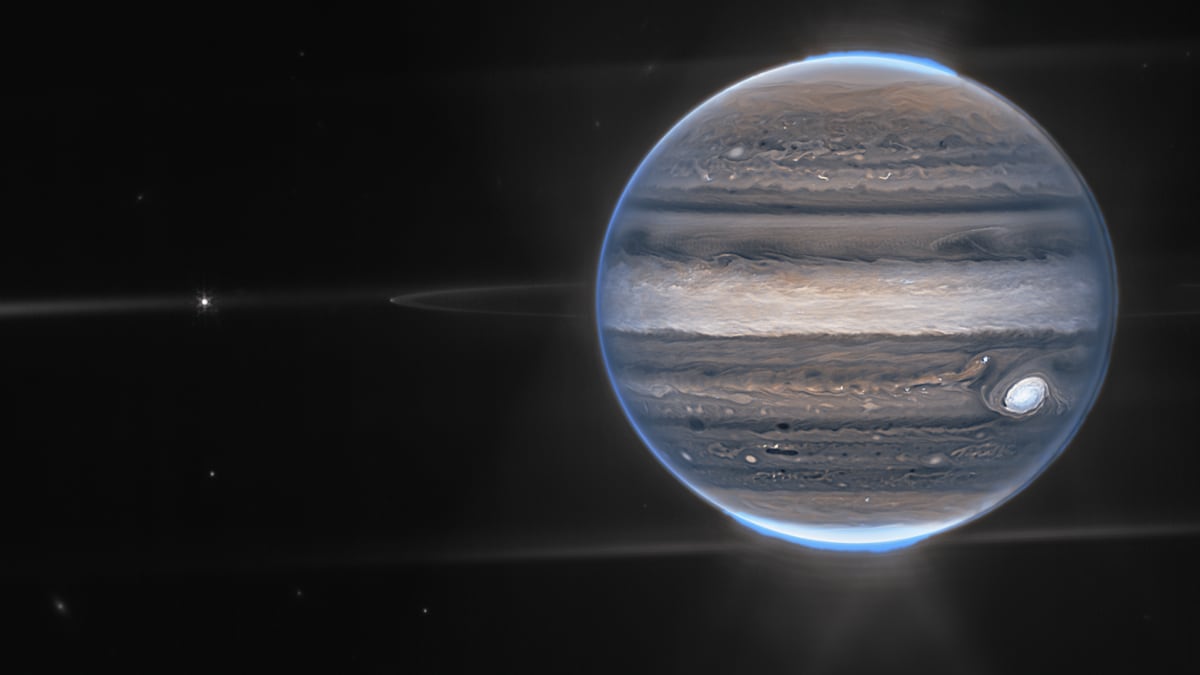
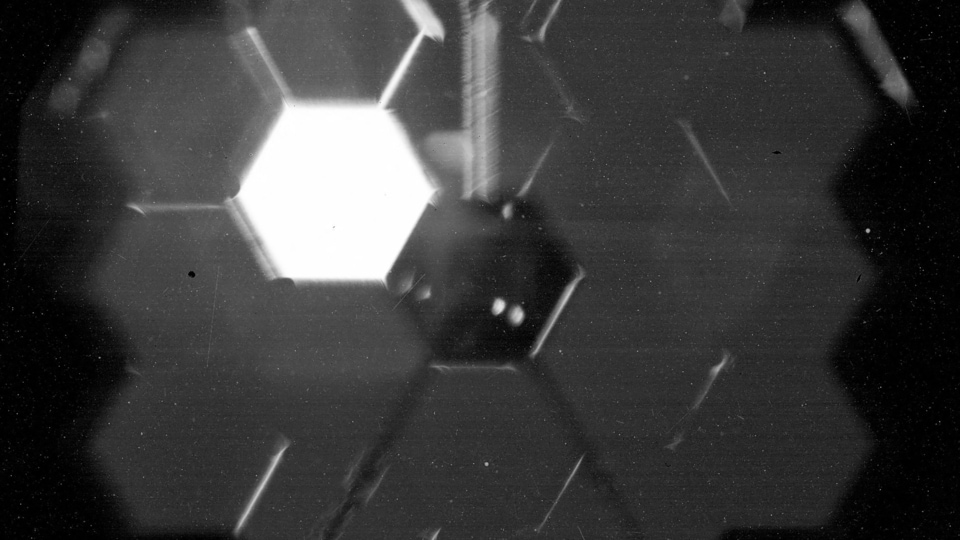
_1661230453587.jpg)
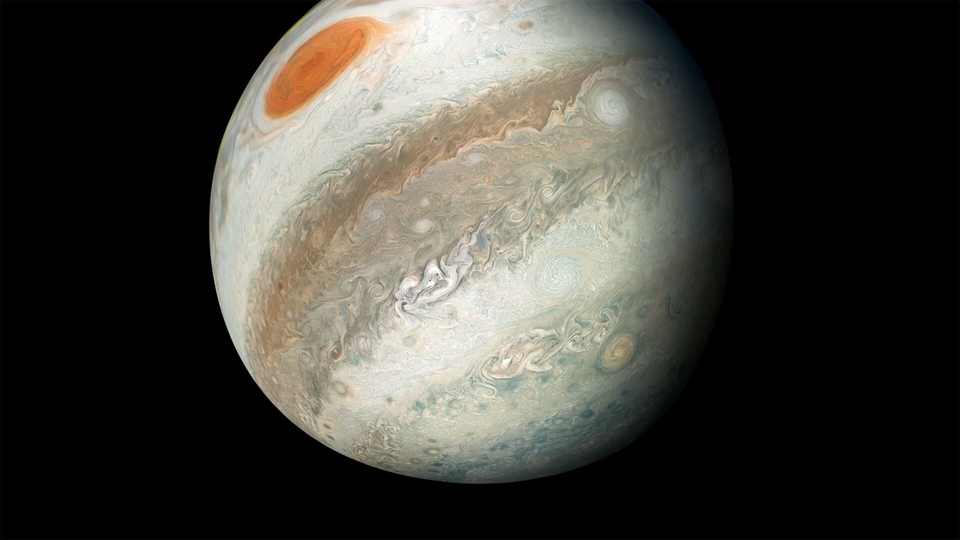
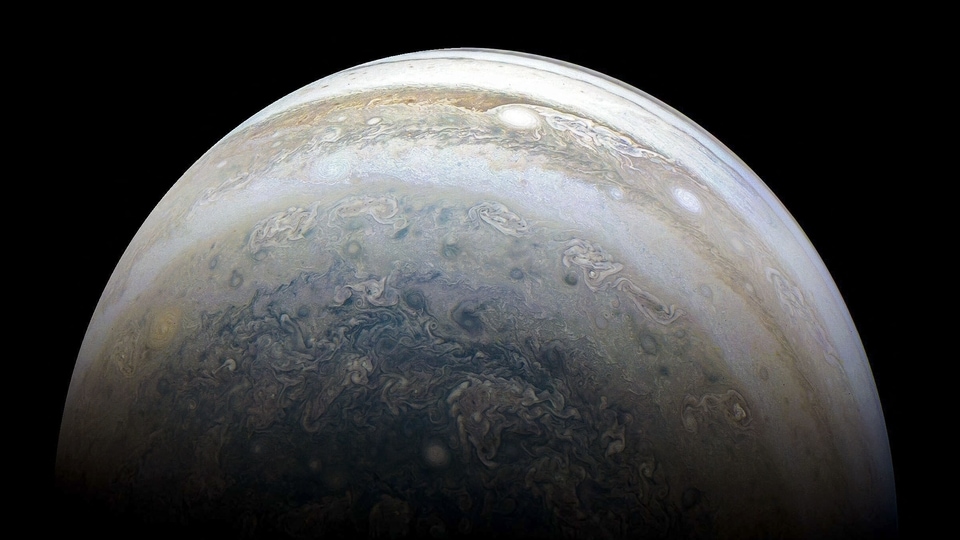
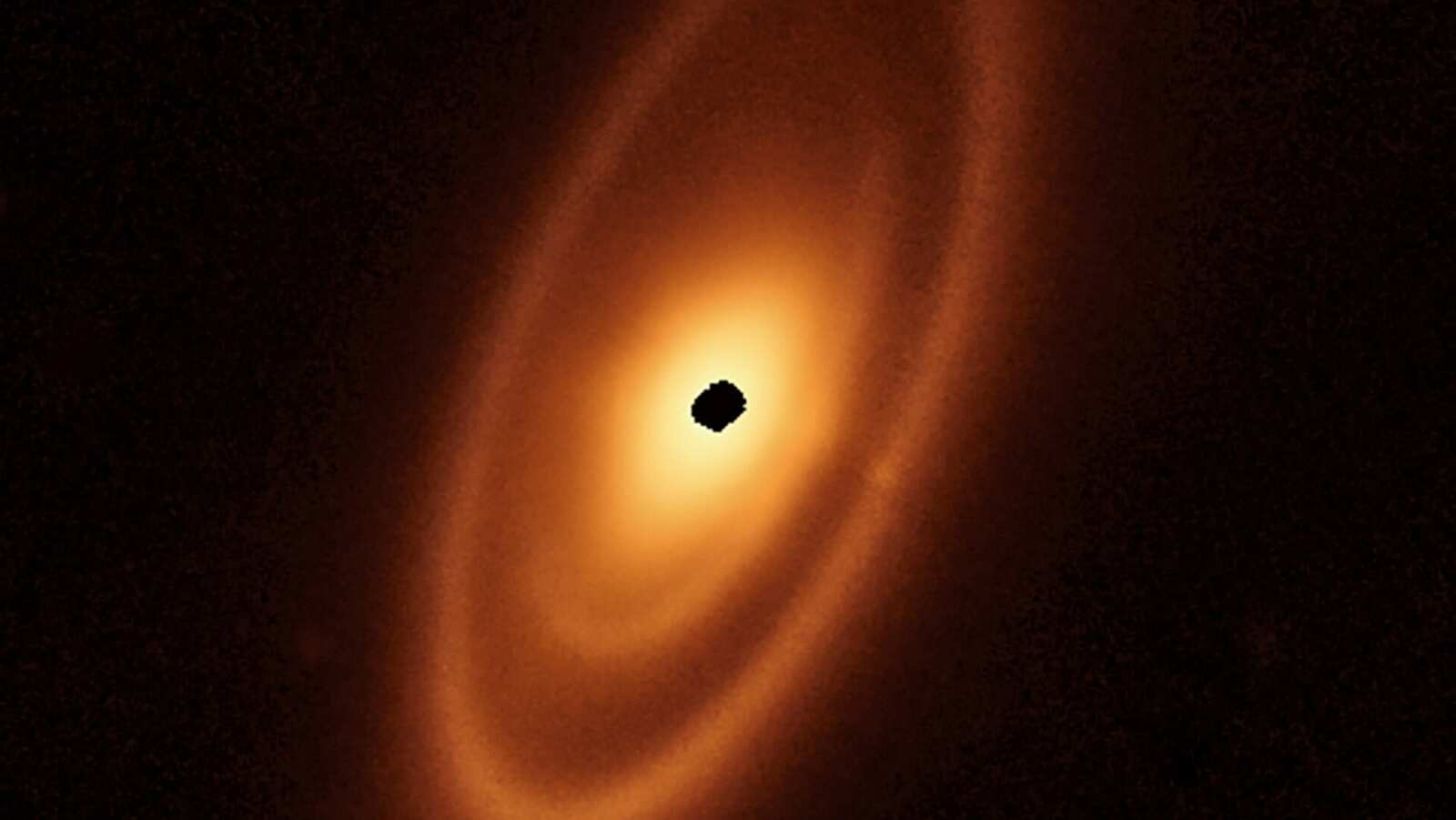
 View all Images
View all ImagesIf it is not the Hubble Space Telescope, then it is the James Webb Space Telescope that is making headlines. And this time, it is all about a luminous young star named Formalhaut. While the astronomers' eyes are always on the lookout for planetary systems around special stars, James Webb Telescope has revealed something else- debris belts. Actually, the Webb Telescope was on the job hunting for an asteroid belt around Fomalhaut star, but it found an entirely different thing instead that is equally exciting. These belts were revealed by Webb for the first time.
So, over the decades a lot has been discovered about planets that are far away from our solar sysyem, but that never provided the full picture, which the latest Webb effort is doing now. It has actually found all kinds of rock and icy debris in belts around the star.
The tech that snapped the belts
James Webb Telescope is a tech marvel and the instrument that made these observations is called Mid-Infrared Instrument (MIRI). According to NASA, "MIRI has both a camera and a spectrograph that sees light in the mid-infrared region of the electromagnetic spectrum, with wavelengths that are longer than our eyes see."
What is Fomalhaut?.
It is one of the brightest stars in our night sky. Not just that, Fomalhaut is the brightest star in the southern Piscis Austrinus constellation.
Fomalhaut is bright, very bright. In fact, it even puts our Sun in the shade! It is 16 times shinier than the Sun and nearly twice as massive.
It is a very young star, just 440 million years old, but it is likely that it has already passed the halfway point in its lifespan. Amazingly, it is less than a tenth the age of our Sun. And how far away is it? It is some 25 light years from Earth.
What James Webb Telescope revealed
NASA says that three concentric debris rings have been found orbiting Fomalhaut and they provide the fullest view to date of such structures outside our solar system.
A single ring was first found by astronomers way back in 1983. Now, Webb has added two that. And they are not the same. While one is a bright (inner one) the other is narrow.
What lends great excitement to this find is that these belts seem to have objects called planetesimals floating around. While some look to join together to form planets, others do not coalesce and stay in the form of asteroids and comets.
"Much like our solar system, other planetary systems harbor disks of asteroids and comets - leftover planetesimals from the epoch of planet formation," said University of Arizona astronomer Andras Gaspar, lead author of the study published in the journal Nature Astronomy.
The debris belts stretch across a gargantuan amount of space, nearly 14 billion miles (23 billion km) from Fomalhaut.
Scientists says that our very own solar system has two such belts - the main asteroid belt between Mars and Jupiter, and the Kuiper belt, beyond Neptune.
Why is it important?
Amazingly, these debris belts can offer insight into how planets actually form.
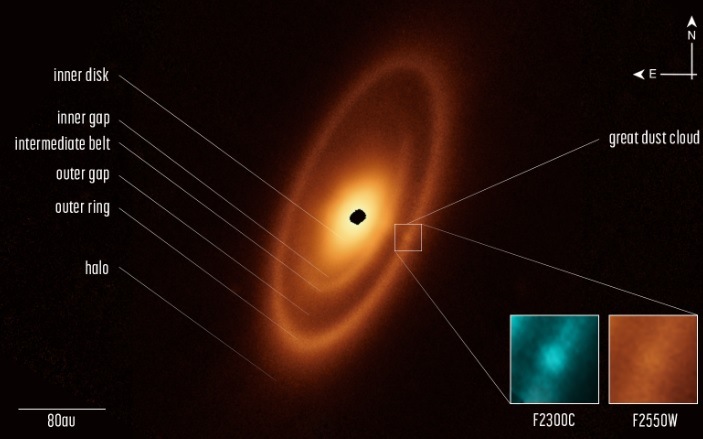

"Planets form within the primordial disks surrounding young stars. Understanding this formation process requires a complete understanding of how these disks form and evolve," said team member Schuyler Wolff.
“With Hubble and ALMA, we were able to image a bunch of Kuiper Belt analogs, and we've learned loads about how outer disks form and evolve,” Wolff added. “But we need Webb to allow us to image a dozen or so asteroid belts elsewhere. We can learn just as much about the inner warm regions of these disks as Hubble and ALMA taught us about the colder outer regions.”
"There are many open questions about how the dust in these disks coalesces to form planetary embryos, how the planetary atmospheres form, et cetera," Wolff revealed.
Catch all the Latest Tech News, Mobile News, Laptop News, Gaming news, Wearables News , How To News, also keep up with us on Whatsapp channel,Twitter, Facebook, Google News, and Instagram. For our latest videos, subscribe to our YouTube channel.

































